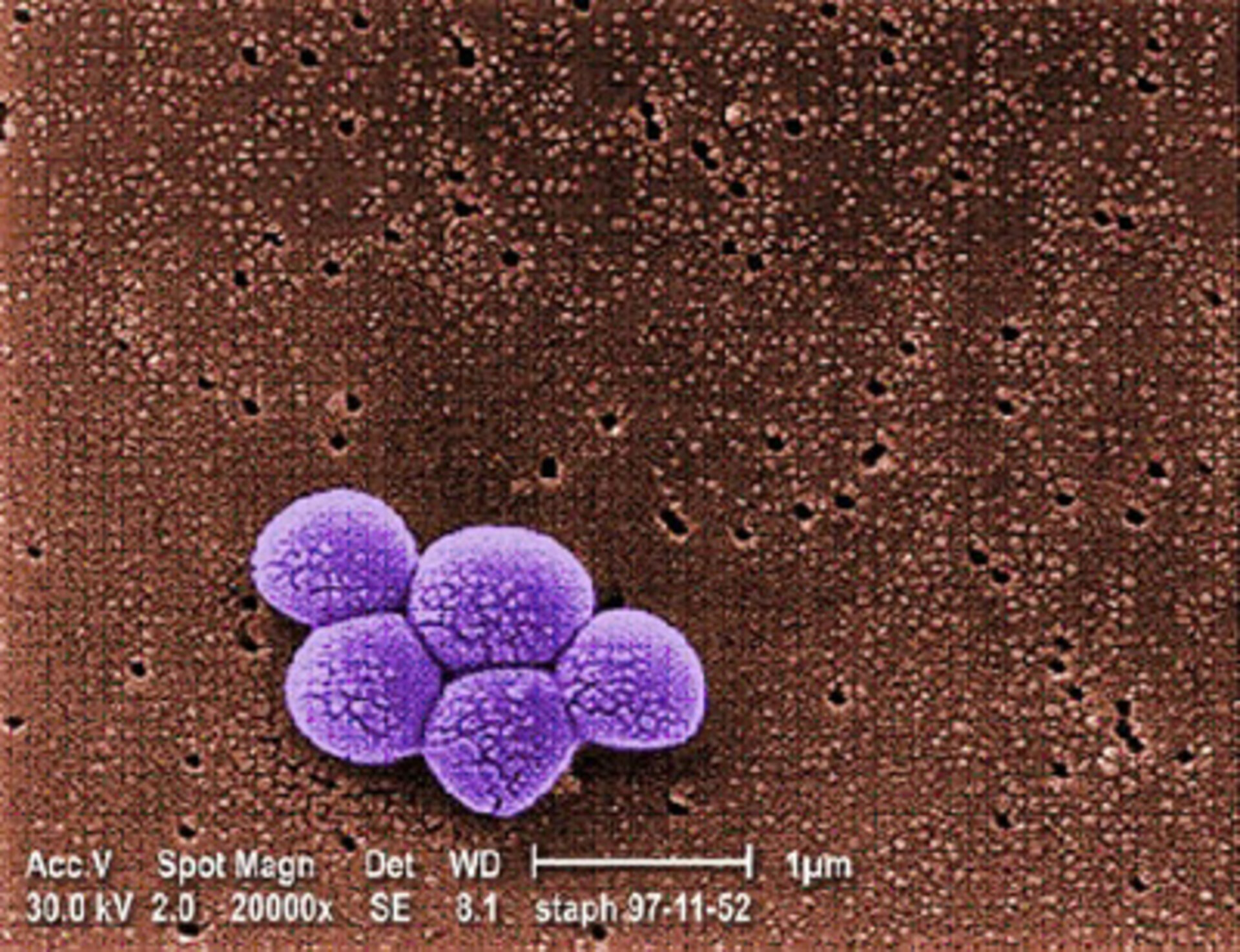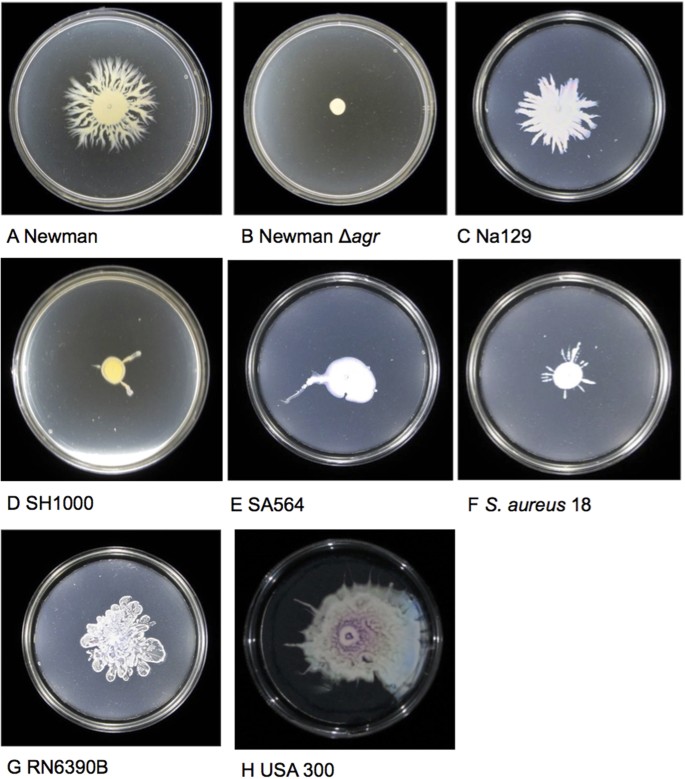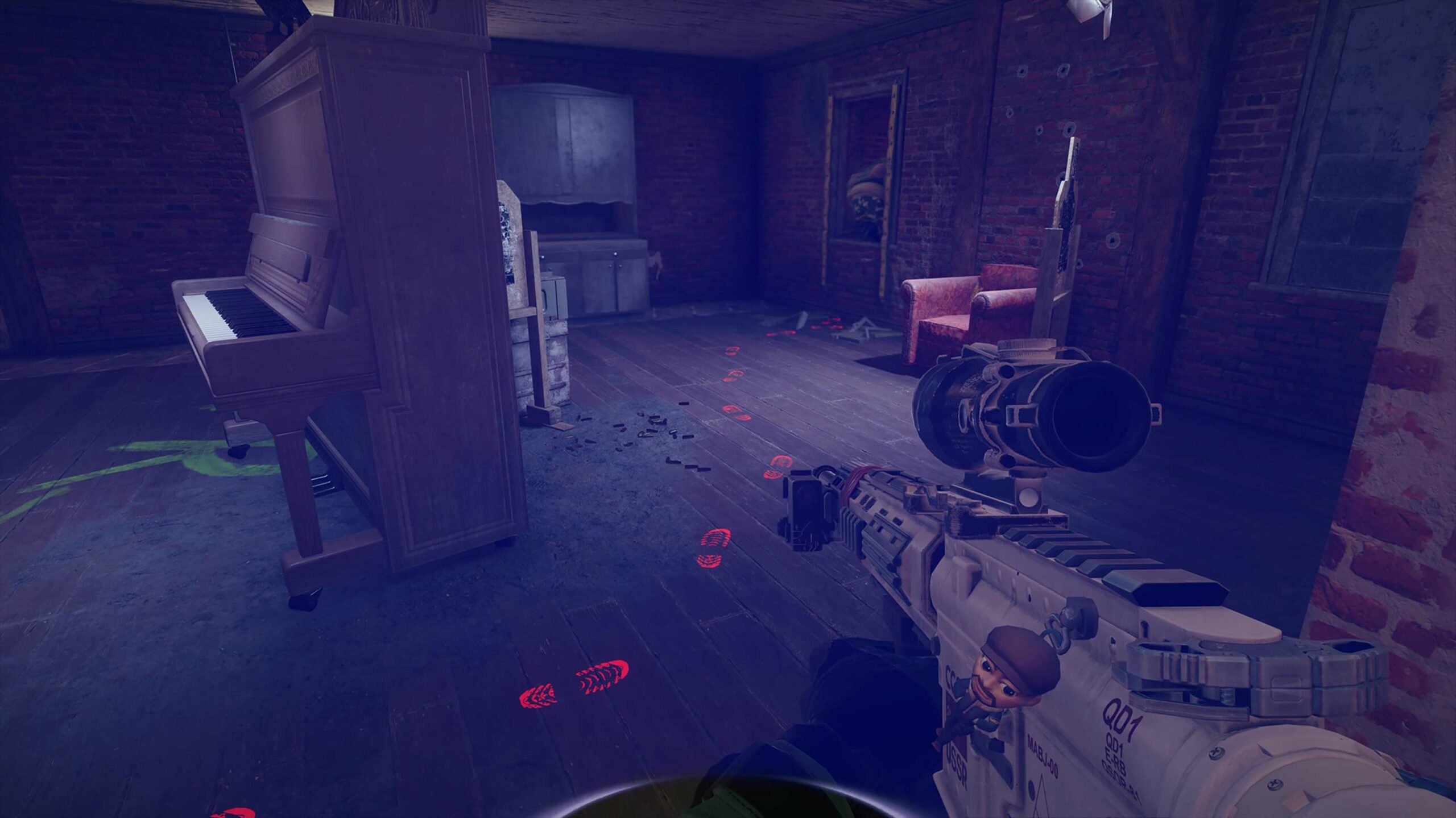Pathogens, Free Full-Text
Por um escritor misterioso
Descrição
Staphylococcus aureus causes many types of infections, ranging from self-resolving skin infections to severe or fatal pneumonia. Human innate immune cells, called polymorphonuclear leukocytes (PMNs or neutrophils), are essential for defense against S. aureus infections. Neutrophils are the most prominent cell type of the innate immune system and are capable of producing non-specific antimicrobial molecules that are effective at eliminating bacteria. Although significant progress has been made over the past few decades, our knowledge of S. aureus-host innate immune system interactions is incomplete. Most notably, S. aureus has the capacity to produce numerous molecules that are directed to protect the bacterium from neutrophils. Here we review in brief the role played by neutrophils in defense against S. aureus infection, and correspondingly, highlight selected S. aureus molecules that target key neutrophil functions.

Pathogenic bacteria - Wikipedia

Pathogenic Bacteria, Overview, Types & Examples - Video & Lesson Transcript
Pathogens, Free Full-Text

A Dietary Fiber-Deprived Gut Microbiota Degrades the Colonic Mucus Barrier and Enhances Pathogen Susceptibility: Cell

Features of pathogens. There are various types of pathogens including

Effect of sequential UV/free chlorine disinfection on opportunistic pathogens and microbial community structure in simulated drinking water distribution systems - ScienceDirect
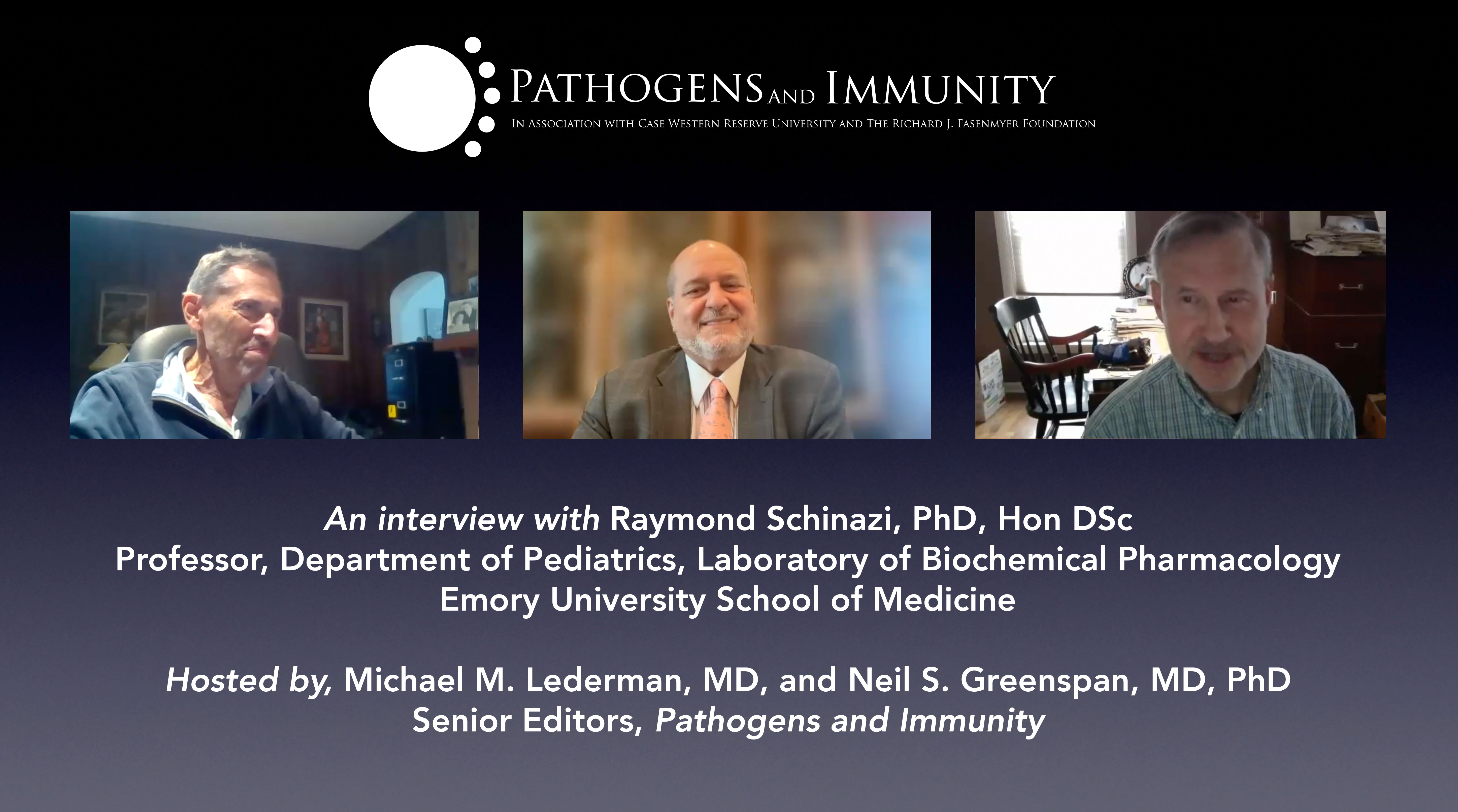
Pathogens and Immunity
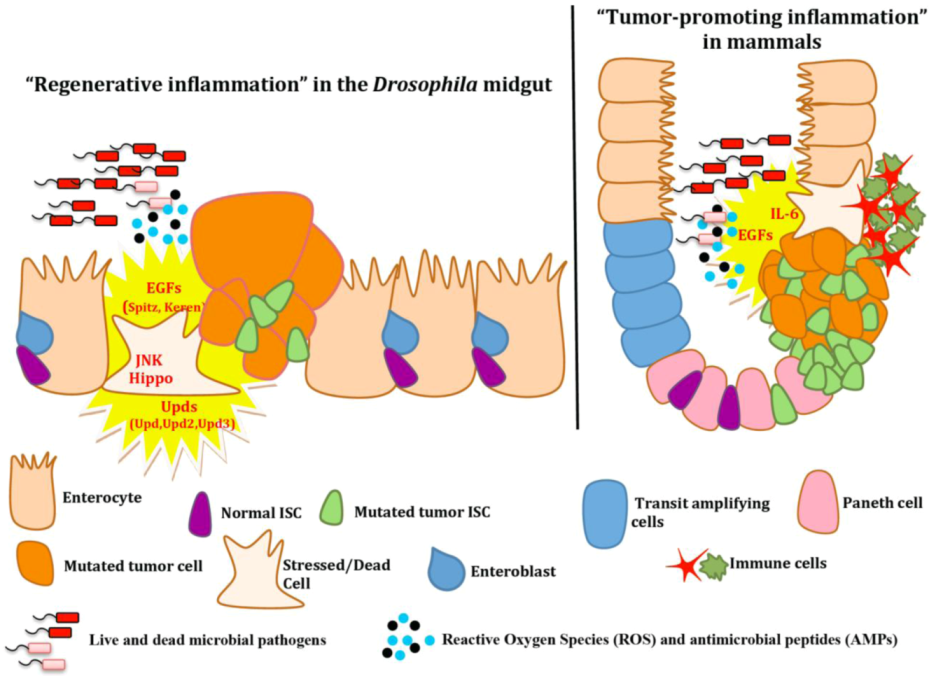
Pathogens, Free Full-Text
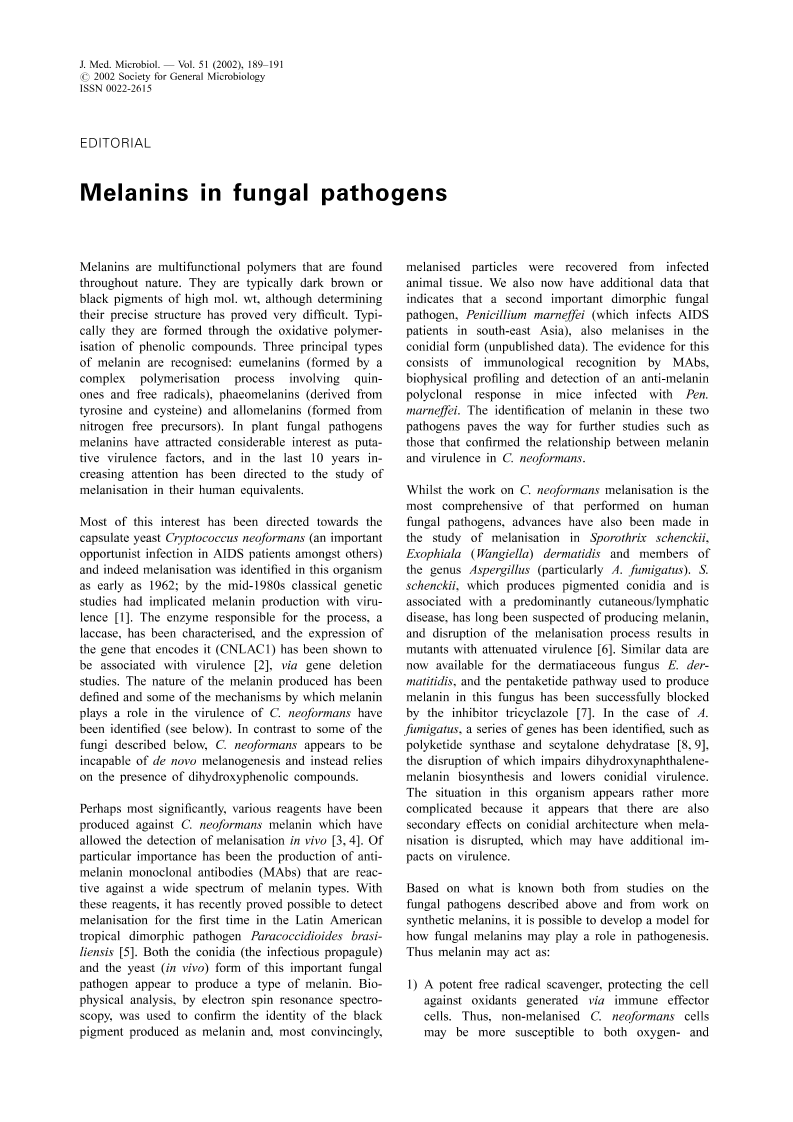
Melanins in fungal pathogens

ThinkLite Natick MA
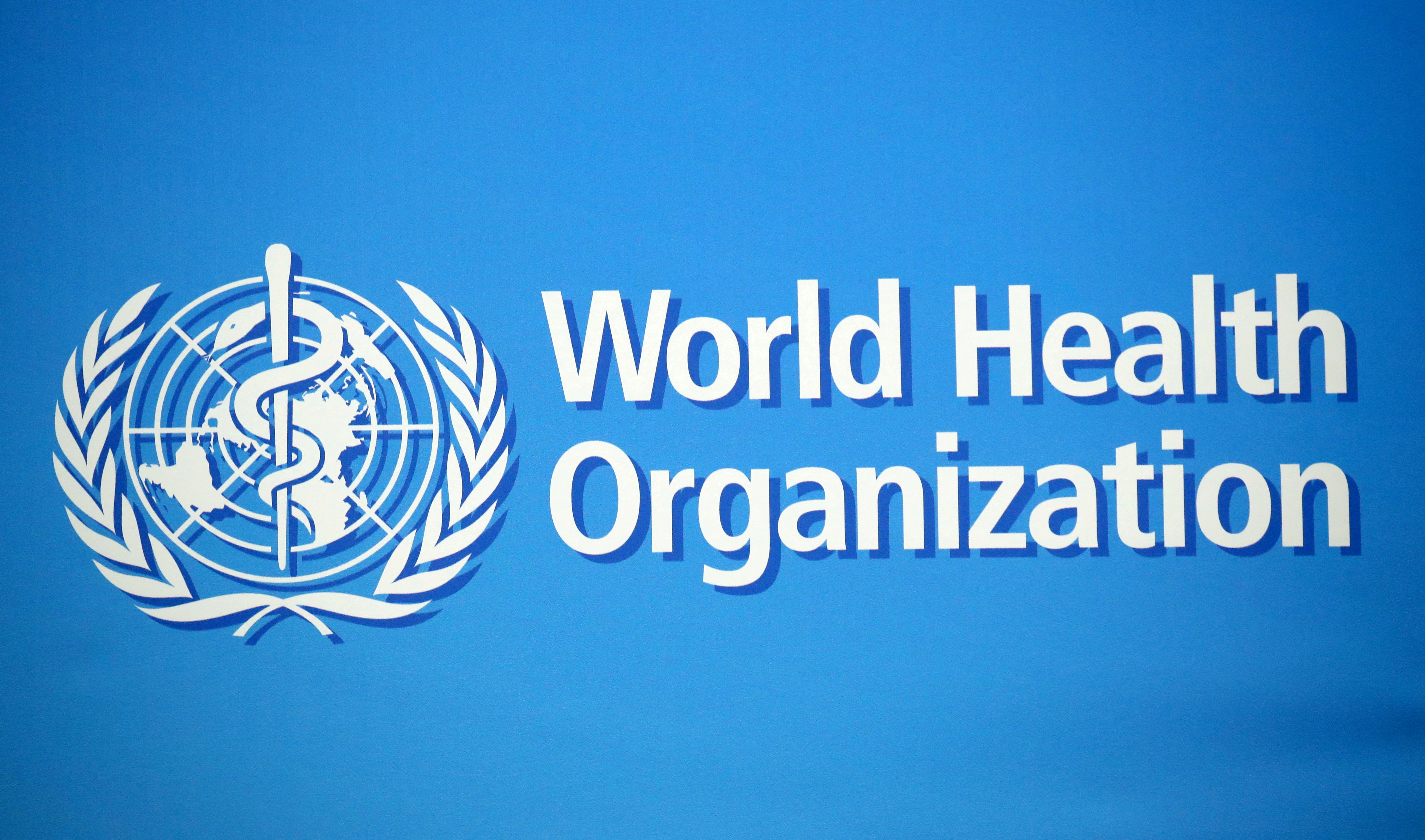
EXCLUSIVE WHO says it advised Ukraine to destroy pathogens in health labs to prevent disease spread
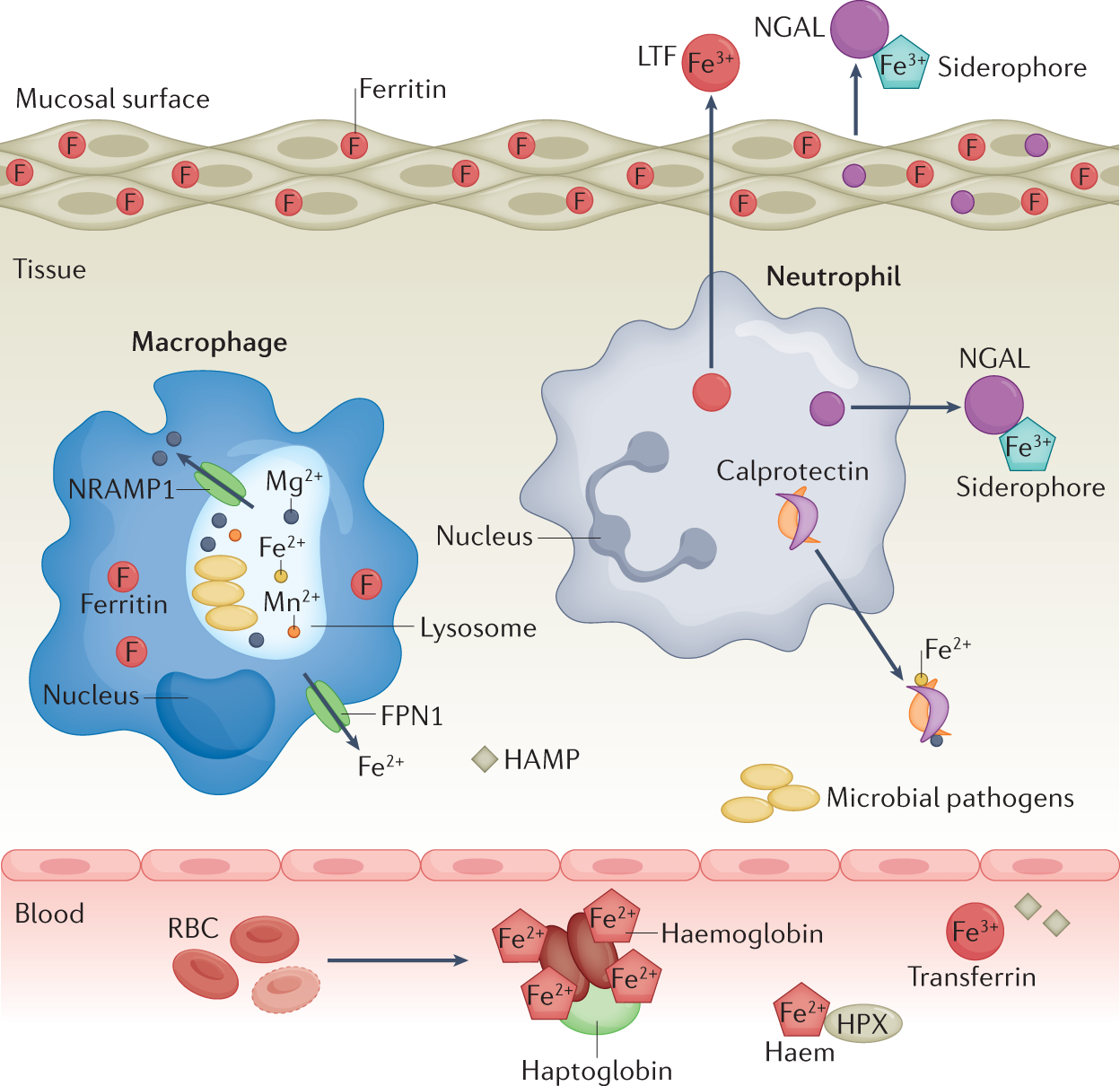
Nutritional immunity: the battle for nutrient metals at the host–pathogen interface
de
por adulto (o preço varia de acordo com o tamanho do grupo)
